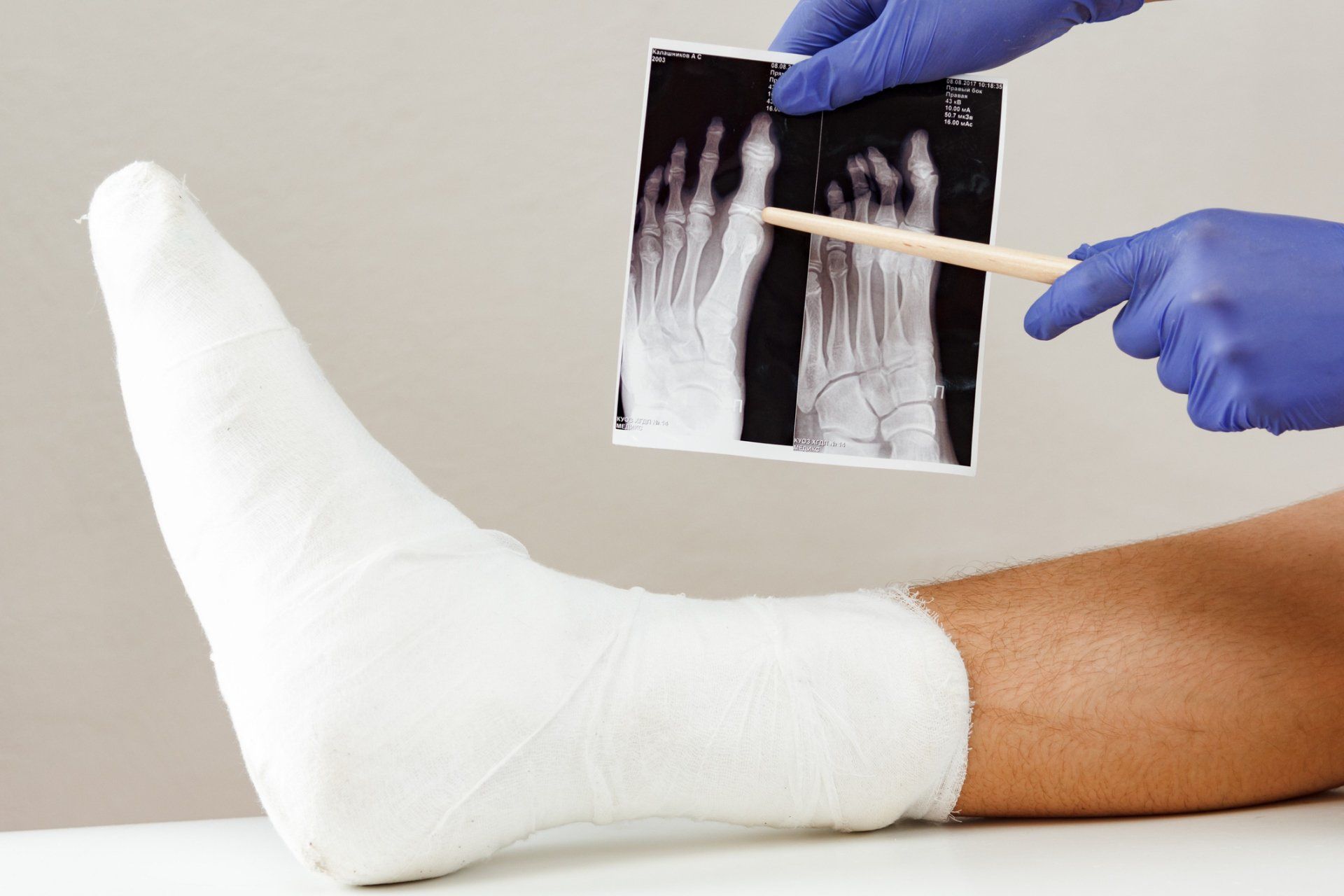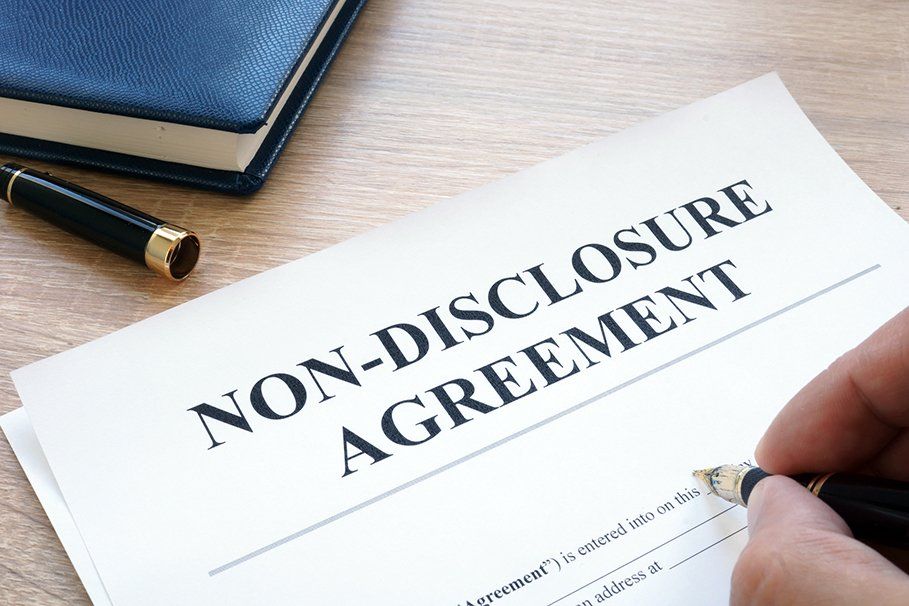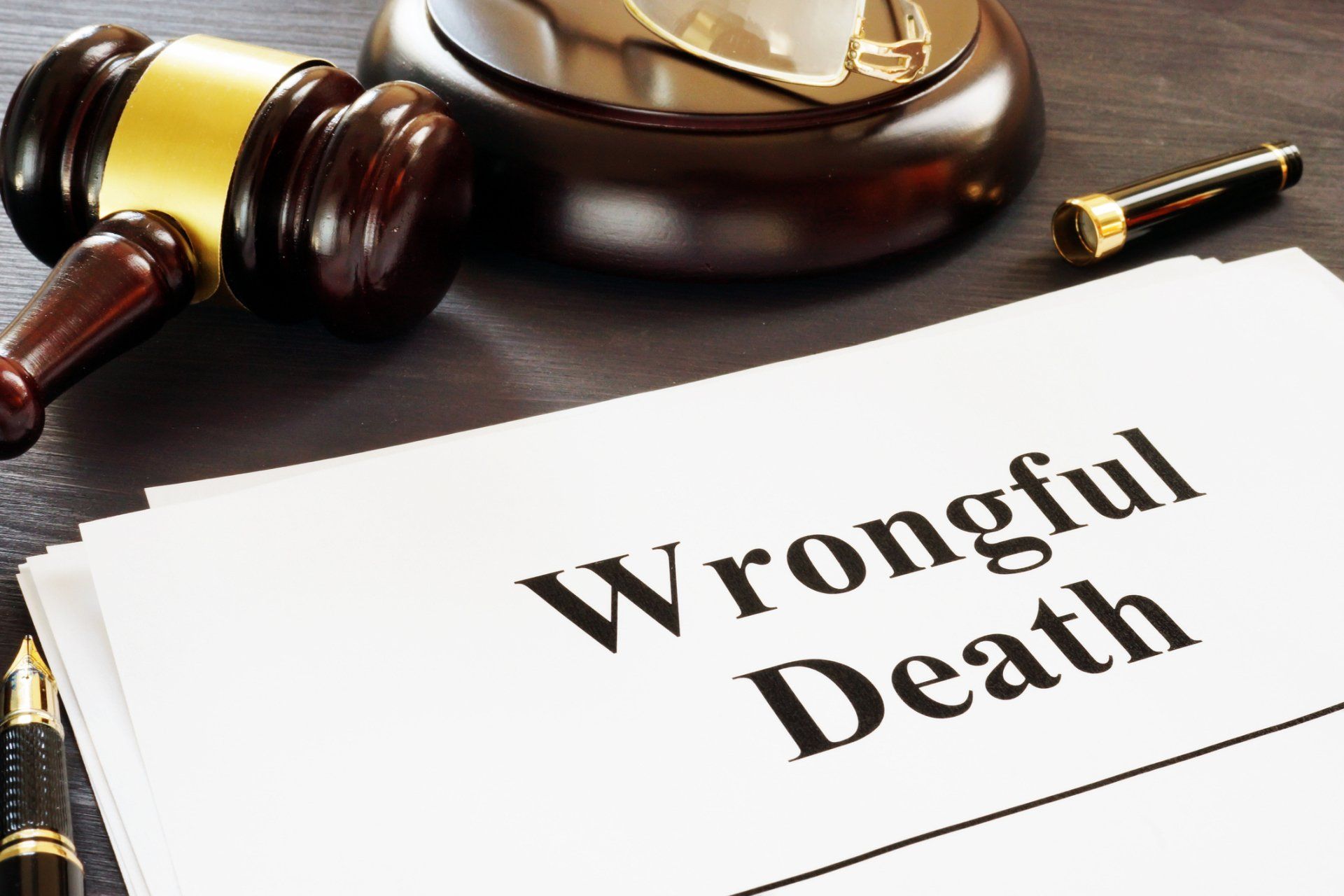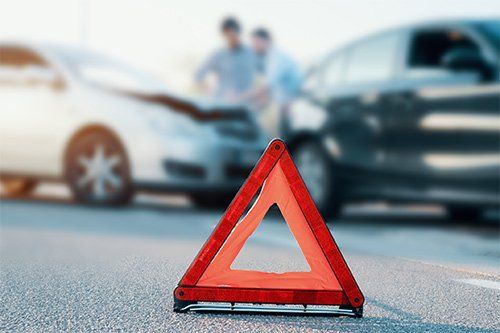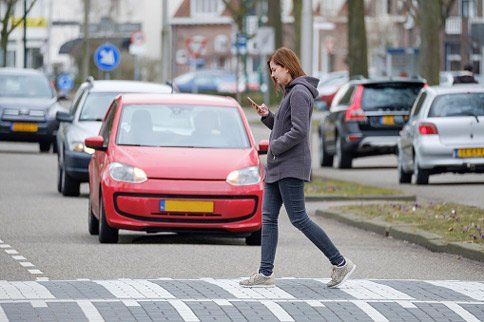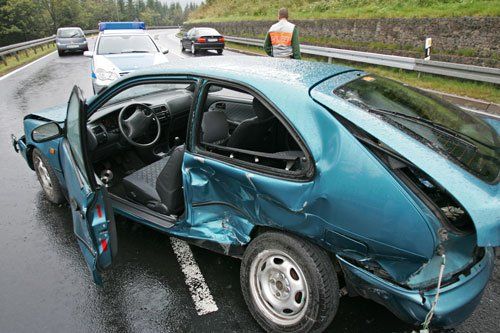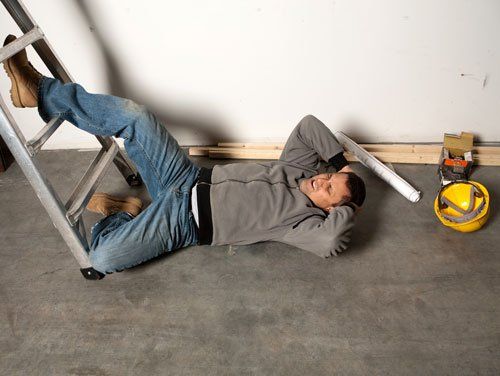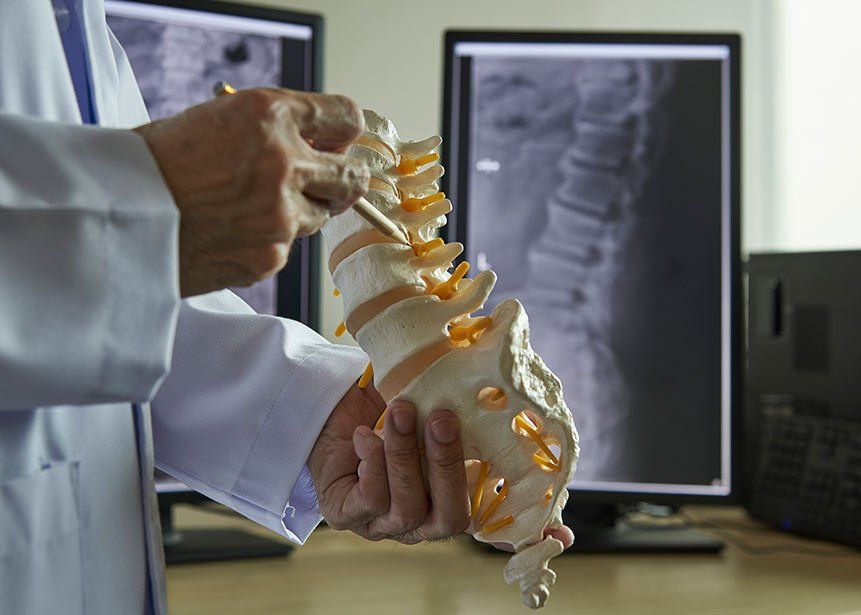Cycling Tips to Avoid Accidents and Stay Safe on the Road
- By websitebuilder@thryv.com
- •
- 08 Feb, 2018
- •

When you ride a bicycle, you are exposed on the road with almost nothing to protect you. Therefore, you must take precautions and ride defensively as if you are almost invisible. Drivers aren't often aware of bicycles and make sudden, unexpected moves that could put you in danger. Here are eight things you can do to protect yourself from getting into a collision with a car.
1. Make Yourself More Visible
Some of the things you can do to make yourself more visible is to wear bright clothing and equip your bike with lights and reflectors (which may be required in some municipalities). This measure is especially important in low-light conditions where a driver may only see your light when they wouldn't have seen you otherwise.
2. Don't Ride on the Sidewalk
Though you may think you're safer on the sidewalk, you are actually more vulnerable to being hit by a car when you do that. Cars turning right or passing through an intersection will likely not see you. Another thing is that you should never ride your bike in a crosswalk. If you must use a crosswalk to cross a street, get off your bike and walk your bike through.
3. Don't Ride the Wrong Way
Never ride the wrong way as not only is this illegal, but drivers aren't looking for you at all. This is especially true when you need to cross intersections. Though you may fear being hit from behind, it's actually safer to ride with traffic. Just make yourself more visible and follow bike safety rules.
4. Move Left When Needed
At times, you may need to move left, even if it means you might block traffic. If the road is narrow and you must pass parked cars, then you should move a little more to the left of them than usual. That way, you will be less likely to be hit by someone opening a car door. Other times you should move left are to pass a slow or stopped car or cyclist or to make a left turn.
5. Get a Mirror
A mirror mounted on the handlebars or your helmet can be very helpful with letting you know who is approaching you from behind. If you ride bumpy roads, then a helmet mirror may be more steady and easier to use than one on a handlebar. A mirror is also useful for when you need to pull out in front of traffic.
6. Use Your Hand Signals
Using your hand signals is important, especially if you need to move out to the left to make a turn. If you aren't sure about how to correctly use hand signals, check resources online or through your local bike club for help.
7. Pay Attention to Signs and Lights
Just like cars, cyclists have an obligation, by law, to obey all traffic signs and lights. You must come to a complete stop at all stop signs. This does not mean you have to put your foot down, only that you stop completely. The same rule applies with stop lights as well as other traffic signs and signals.
8. Slow Down as Needed
Though you may be intensely focused on your ride, you must be diligent about anticipating what a driver might do. This means slowing down at times and anticipating the driver's moves. Always assume that the driver either does not see you or is going to be aggressive. Never insist that you have the right away.
Even if you're the most diligent, careful cyclist out there, accidents can still happen. If you get into an accident in which you are sure you aren't at fault, then you need an attorney. Richard D. Hoffman Law Offices has experience with bicycle personal injury cases and can work with you to get you compensation for your injuries.
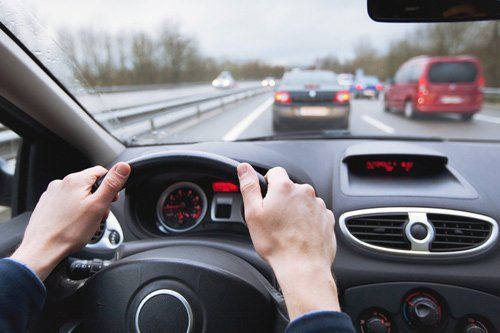
If you live in the city and the times of day you drive coincide with the times of day many others are also on the road, then you're going to be on the road during rush hour.
Automobile accident fatalities are significantly higher during evening rush hour traffic. If you have obligations that cause you to be on the road during rush hour traffic, then you should take some of the advice offered below to help decrease your chance of being involved in an accident.
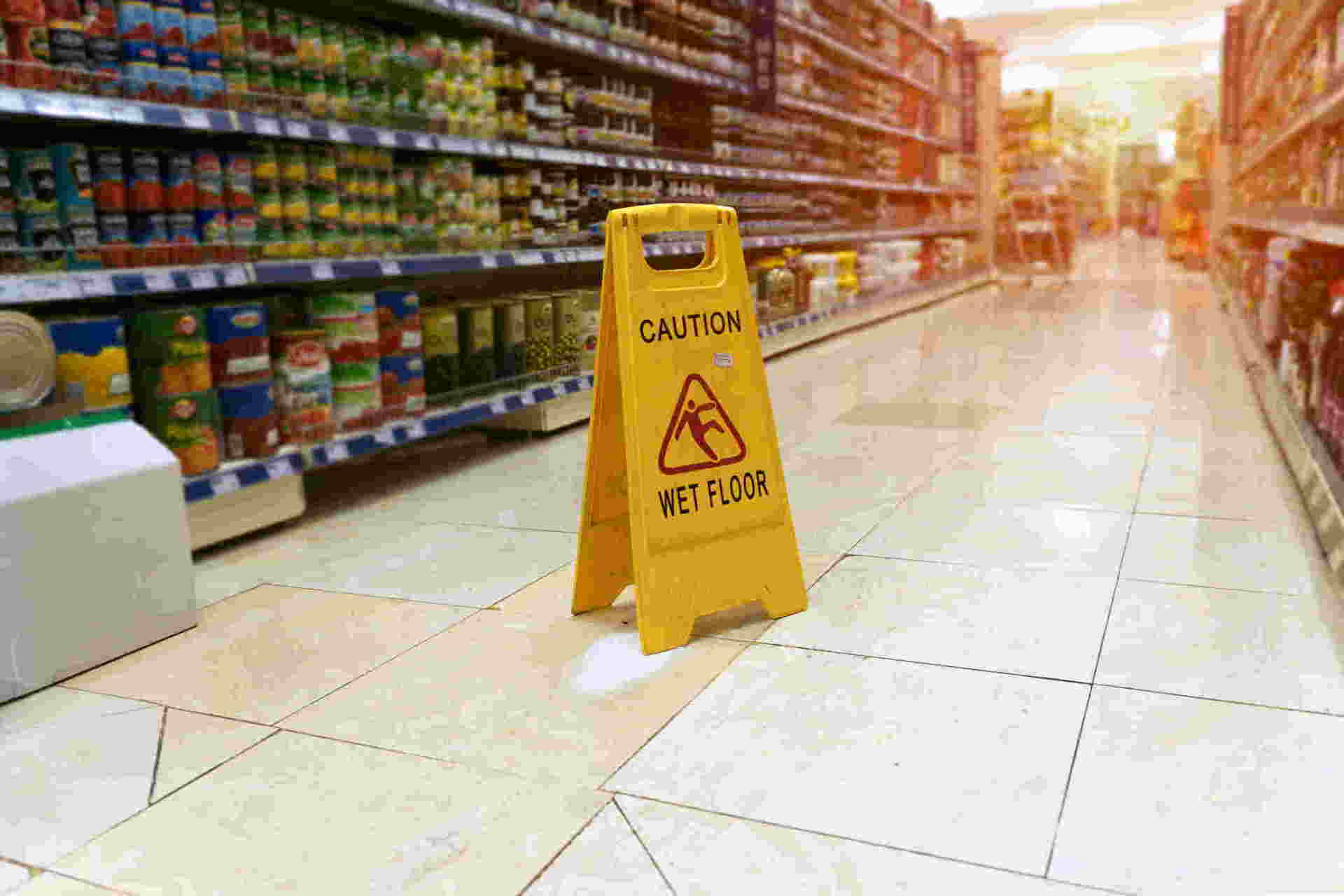
If you think serious personal injuries only happen on the road or in dangerous places like amusement parks, think again. Many personal injuries occur at the places people often visit — for instance, at your local grocery store.
If you haven't considered the hidden dangers that can lurk in a grocery store, keep reading. We overview some of the most common personal injuries that occur in grocery stores and explain when and why you can hold the store responsible for your accident.
